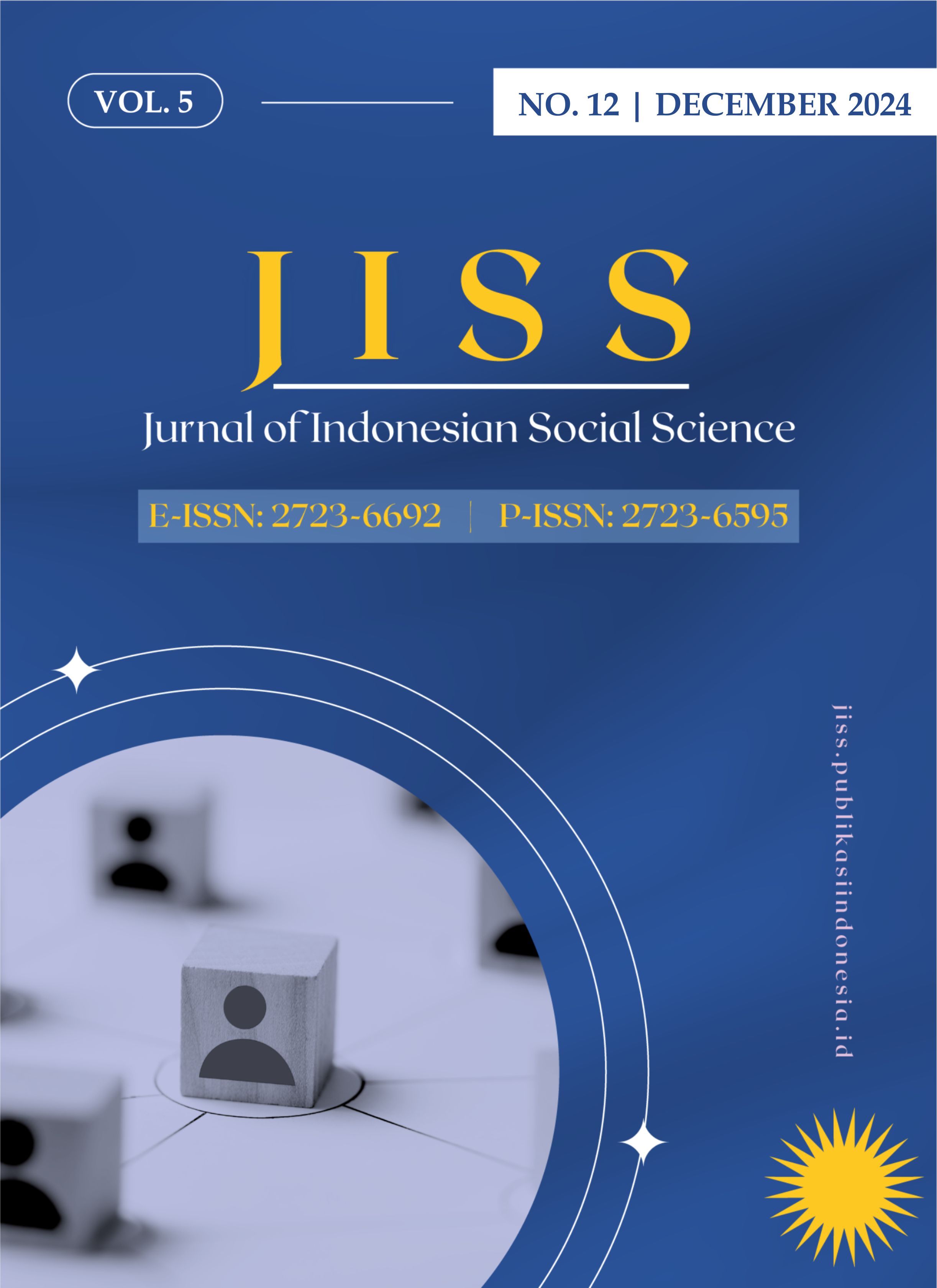Code Mixing Practice: A Solution to Increase Learners ' Self-Confidence in English Learning
DOI:
https://doi.org/10.59141/jiss.v5i12.1552Keywords:
Praktik, Code-Mixing, self-confidenceAbstract
This research aims to describe code-mixing as a means of conversation for students to increase self-confidence. This research focuses on the code-mixing between English, Indonesian, and Manado used by grade 11 students of Linguistics at SMA Negeri 7 Manado to increase self-confidence. This research method uses qualitative research with data collection instruments, such as observation and interviews. The results of this study show that it finds a reason similar to Hoffman's theory. The reasons include talking about a specific topic, quoting other people's words, repetition for clarification, and clarifying the intent of the conversation to the interlocutor. The study also found additional reasons: lack of vocabulary and fear of using the wrong sentences. Students realize they will feel more confident speaking when the teacher allows them to code-mix.
Published
How to Cite
Issue
Section
License
Copyright (c) 2024 Muhammad Wahid

This work is licensed under a Creative Commons Attribution-ShareAlike 4.0 International License.
Authors who publish with this journal agree to the following terms:
- Authors retain copyright and grant the journal right of first publication with the work simultaneously licensed under a Creative Commons Attribution-ShareAlike 4.0 International. that allows others to share the work with an acknowledgement of the work's authorship and initial publication in this journal.
- Authors are able to enter into separate, additional contractual arrangements for the non-exclusive distribution of the journal's published version of the work (e.g., post it to an institutional repository or publish it in a book), with an acknowledgement of its initial publication in this journal.
- Authors are permitted and encouraged to post their work online (e.g., in institutional repositories or on their website) prior to and during the submission process, as it can lead to productive exchanges, as well as earlier and greater citation of published work.












